Pratt & Whitney are a famous American manufacturer who completed their first aircraft engine in 1925. You have probably flown on a Pratt & Whitney powered aircraft at some point in your life as they are a major player in the market. The company are also partners in Engine Alliance and International Aero Engines who produce an Airbus 380 engine and Airbus 320 option respectively.
Geared Turbofan Engine
Many years of work went into developing an engine with gearing to a scale that could power commercial aircraft. The gearing mechanism allows each part of the engine to spin at its optimal speed. This results in a range of benefits compared to traditional turbofan engines.
Image by Brussels Airport via
Wikimedia Commons
The new engines are claimed to be up to 75% quieter than existing aircraft with engine noise being 20 decibels quieter than the current most stringent noise regulations. People who live near airports can rejoice!
Where Can I Find One?
Aircraft powered by these engines are just beginning to come into service. The Airbus 320neo have these engines as an option and they entered service first with Lufthansa in January 2016. The Bombardier C-Series is powered exclusively by the engine and the first aircraft entered service in June 2016 with Swiss.
Image by Aero Pixels via Wikimedia Commons
Overall Thoughts
Technological improvements are always fascinating but this is more striking than most. The reduction in fuel consumption, emissions and noise makes this a very environmentally friendly power plant for aircraft. Airlines and airports have confirmed Pratt & Whitney’s claims so it looks like the major effort required to get the engine into service was worth it. I hope the engine becomes commercially successful and powers many aircraft in the future.
It will be interesting to see future developments. Perhaps someday it will also be applied to large intercontinental airliners! Thanks for reading and if you have any comments or questions, please leave them below.
Like planes? See my “Does anyone remember” series.
Flight reviews your thing? Mine are all indexed here.
Follow me on Facebook, Twitter and Instagram.


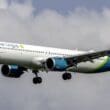

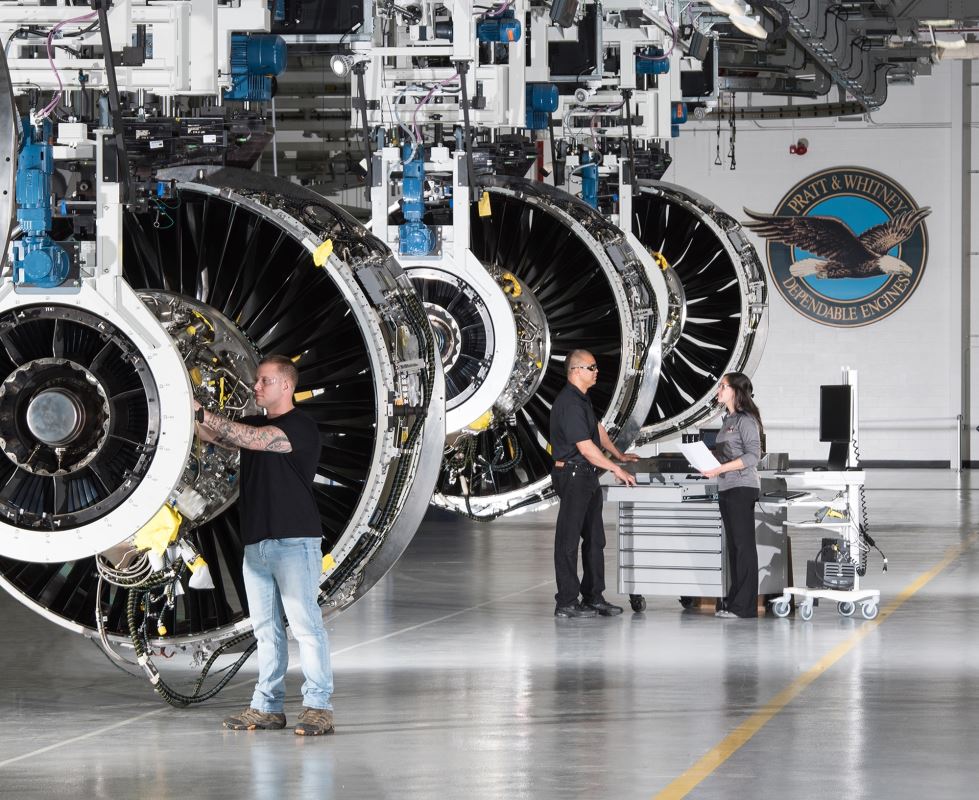
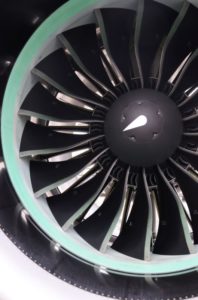
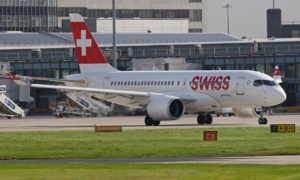

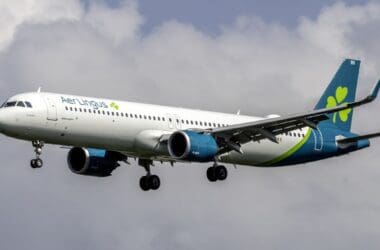

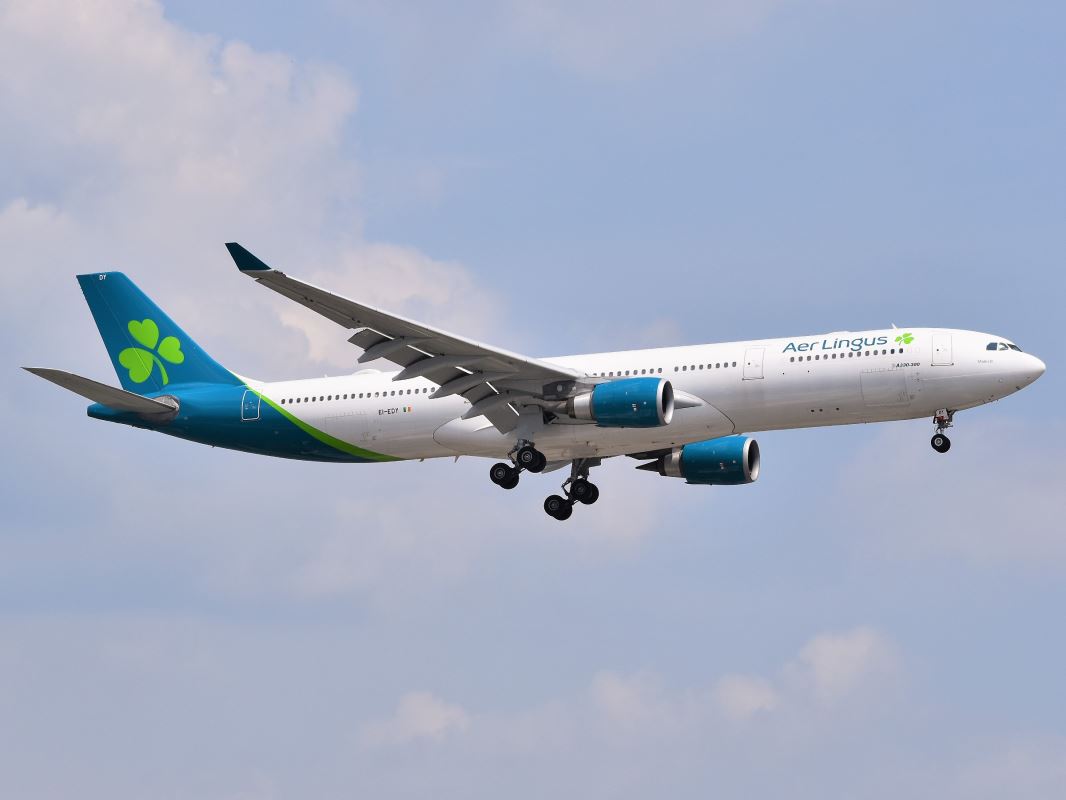
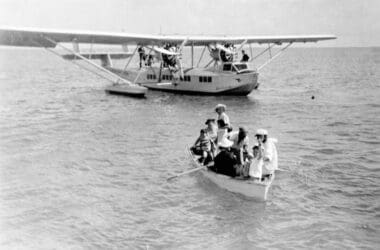
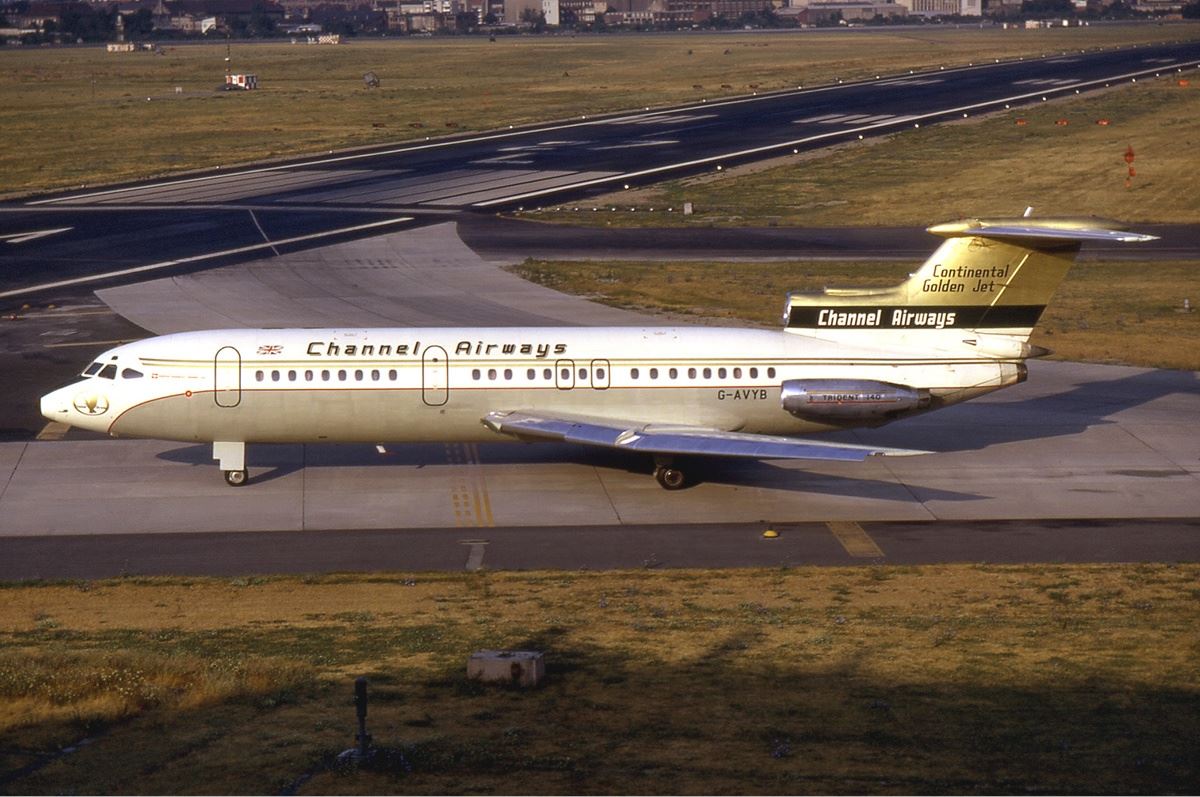

A radical new topic to blog on. We should make this more well known, as you are doing, to normal passengers. Maybe they will start looking at what aircraft type their flight uses!
I get into this stuff as I like aviation. I don’t really care about the engine in my bus or the locomotive hauling my train however I do care about the passenger experience on trains and buses. Each to their own really!